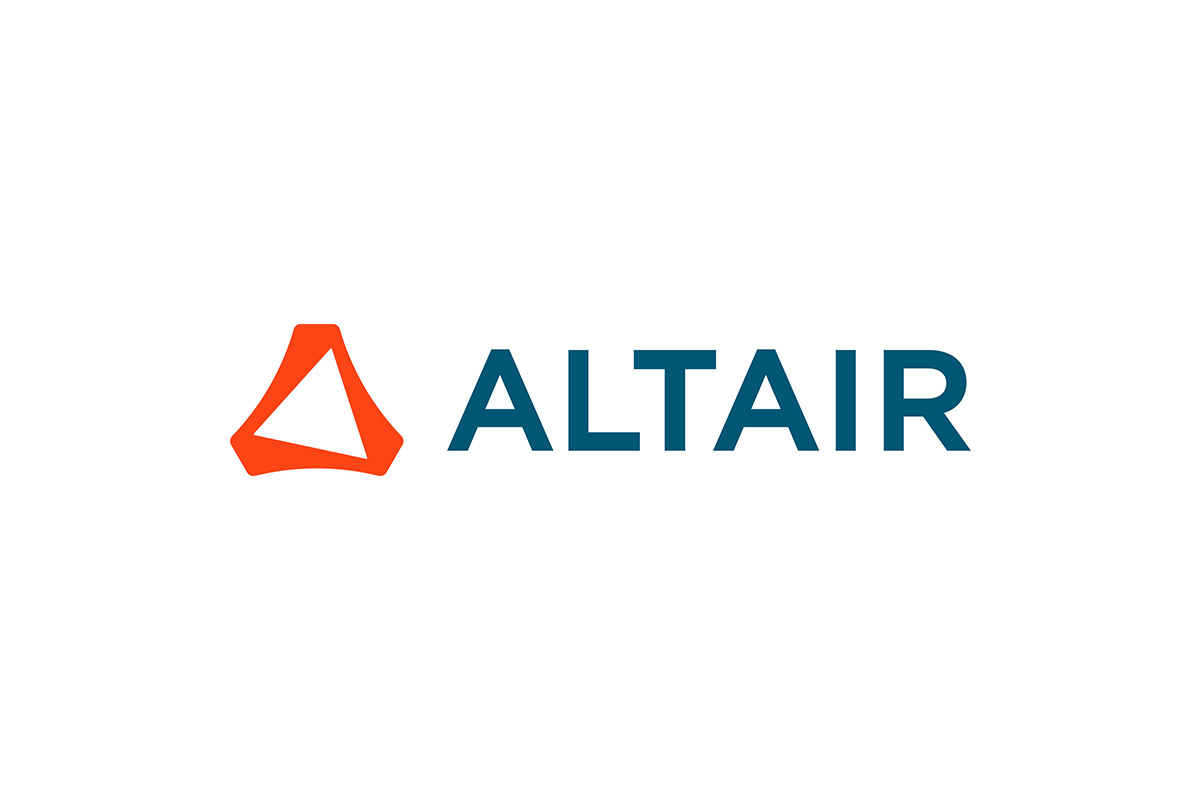Altair (Nasdaq: ALTR), a global leader in computational science and artificial intelligence (AI) announced that Altair Radioss – an industry-proven finite element analysis (FEA) dynamic simulation code – is now available as an open-source technology under the name OpenRadioss. With OpenRadioss Altair aims to accelerate the global pace of innovation and address the ever-increasing multidisciplinary challenges – particularly climate change and sustainability objectives – faced by all industries.
For more than 30 years, Radioss has been a successful commercial software product utilized around the globe to help major automotive OEMs develop 5-star rated crash performance vehicles, aerospace companies simulate “hard” landings and bird strikes, and consumer electronics manufacturers analyze impact events, like cell phone drops.
“Radioss is a first-rate technology for solving transient dynamic events with outstanding robustness and accuracy. It is a tool that’s massively parallel and readily scalable, and gives numerically consistent and reliable results,” said James R. Scapa, founder and chief executive officer, Altair. “Staying true to Altair’s open architecture philosophy, OpenRadioss allows everyone to contribute, drive their own innovations, develop and share their own models, and experiment by getting inside the code. This makes OpenRadioss an agile tool that always stays on the cutting edge, regardless of industry.”
With OpenRadioss, Altair envisions faster advances in technology that will speed up research focused on solving today’s most complex challenges. Additionally, the newly established OpenRadioss Community will benefit from the industry-proven comprehensive code base, modern software architecture with the most advanced hybrid (SMP+MPI) parallel structure, and robust numerical methods based on explicit time integration schemes.
This highly engaged international community from the world’s best universities, most innovative startups, and the industry’s biggest technology providers and top researchers will extend OpenRadioss’s capabilities, disseminating the code to new users, industries, and organizations. This revolutionary way to collaborate bridges the gap between state-of-the-art research and industry needs and leverages Altair’s expertise to maintain this production-grade open software platform to develop advanced technologies, share best practices, and enrich model libraries around OpenRadioss.
“OpenRadioss is a game changer for academia, research institutions, and industry alike, and gives the users the power to modify mature codes for their own use – without having to start from scratch – and lets users collaborate to accelerate the pace of innovation,” said Elham Sahraei, associate professor of mechanical engineering, Temple University.
Additionally, OpenRadioss can read and run models written with LS-DYNA* syntax, enabling the community to contribute and harmonize model building. As such, OpenRadioss is positioned to be the most accessible, powerful, open-source software for accurate simulation of complex multiphysics dynamic events. To learn more about OpenRadioss, its philosophy, its capabilities, and to join the OpenRadioss community, visit www.openradioss.org.



 makes geometry modeling and editing accessible to all designers and engineers, even if they do not have time or access to traditional computer-aided design (CAD) tools. A robust history-based CAD modeling approach ensures creation and modification of geometry is quick and easy.
makes geometry modeling and editing accessible to all designers and engineers, even if they do not have time or access to traditional computer-aided design (CAD) tools. A robust history-based CAD modeling approach ensures creation and modification of geometry is quick and easy.
 is a cost-effective alternative to purchasing individual tools from multiple software vendors by delivering all major CFD solutions under a single license including:
is a cost-effective alternative to purchasing individual tools from multiple software vendors by delivering all major CFD solutions under a single license including: